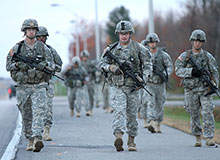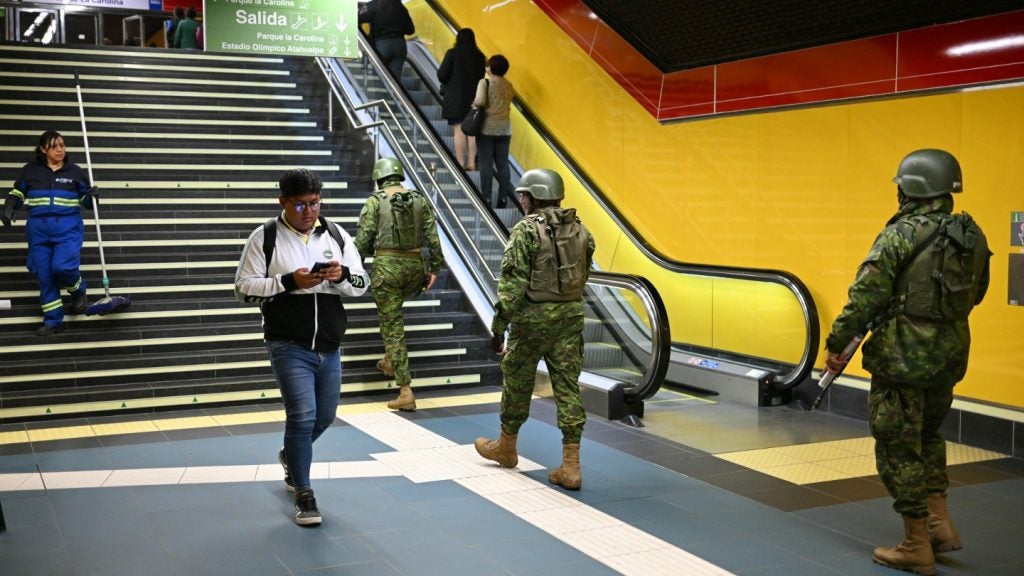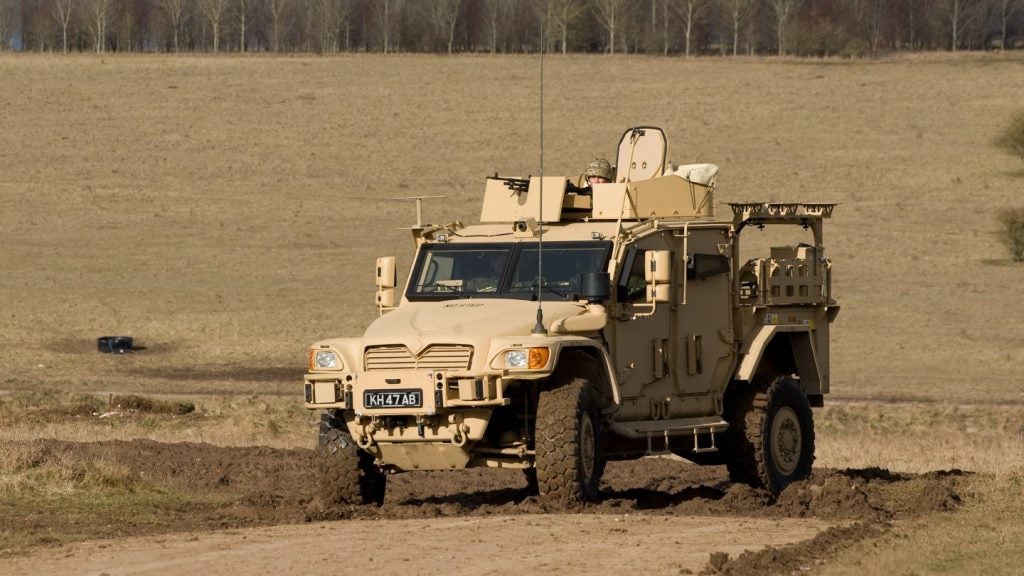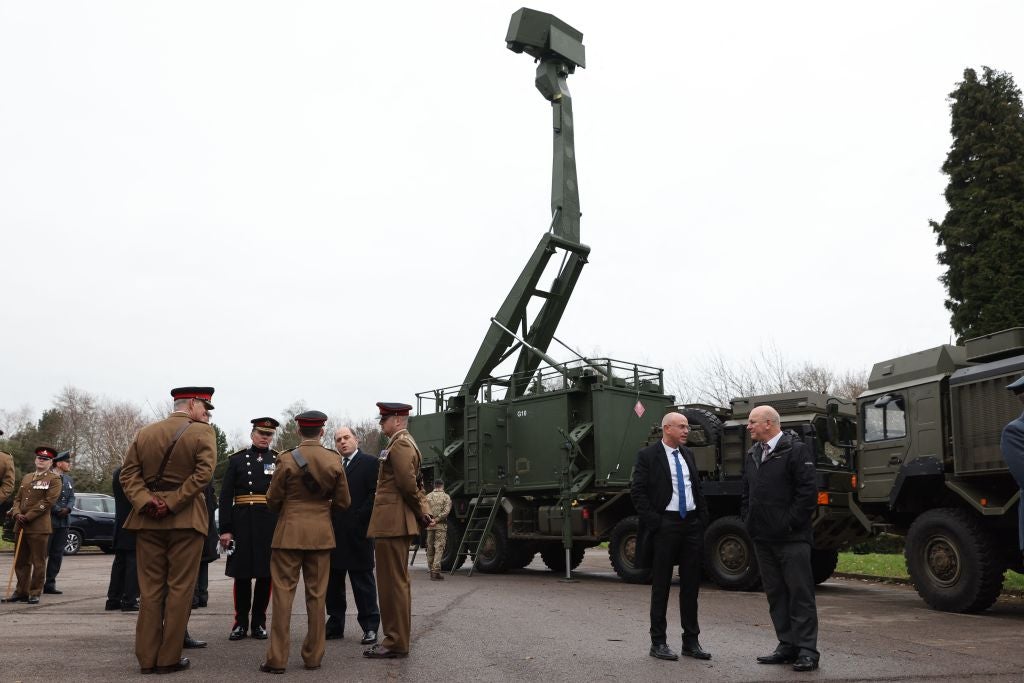

United States of America – $600bn
The United States of America spent over $600bn on defence in 2013, a 5% drop compared to 2012. The US also topped the charts as the world’s primary exporter of arms and provider of military assistance in 2013. The major chunk of the spending was on operation and maintenance, investments in weapons programmes, military personnel, research and development as well as Overseas Contingency Operations (OCO).
The US Department of Defence (DoD)’s defence procurement programmes in 2013 were split mostly between the F-35 Lightning II (Joint Strike Fighter), Virginia Class attack submarines, Littoral Combat Ship (LCS) and Ballistic Missile Defence System (BMDS).

People’s Republic of China (PRC) – $110bn
The People’s Republic of China (PRC) spent more than $110bn in 2013 becoming the world’s second biggest military spender. The Stockholm International Peace Research Institute (SIPRI), however, estimates that actual spend could be over 55% higher than the official budget allocations – citing a less transparent defence budget and the likelihood of additional spending allocated for R&D, internal security and soldiers’ welfare.
While China’s military spending in the last decade has recorded steadier growth than that of Russia, France, and the United Kingdom, its per capita expenditure on defence is lower. The major portion of defence spending was for military modernisation, including the procurement of ballistic missiles, advanced fighter jets, attack helicopters, and surface ships and submarines.
How well do you really know your competitors?
Access the most comprehensive Company Profiles on the market, powered by GlobalData. Save hours of research. Gain competitive edge.

Thank you!
Your download email will arrive shortly
Not ready to buy yet? Download a free sample
We are confident about the unique quality of our Company Profiles. However, we want you to make the most beneficial decision for your business, so we offer a free sample that you can download by submitting the below form
By GlobalData
Russian Federation – $87bn
The Russian Federation spent $87bn on its Ministry of Defence (MoD) and other security agencies in 2013, including over $60bn for national defence and about $26bn on other military expenditure. The majority of funding was allocated to the armed forces of the Russian Federation, procurement and repairs, mobilisation and training, research and development, nuclear weapons complex, and security/peacekeeping activities.
The Russian Federation is currently implementing a massive rearmament plan under State Armaments Programme 2020, which is intended to replace 70% of the nation’s military equipment by 2020.

Saudi Arabia – $67bn
Saudi Arabia spent $67bn on defence last year to become the fourth biggest military spender in 2013, recording a 17% increase over 2012. Saudi Arabia was among the world’s top five biggest arms importers for the five year period between 2009 and 2013. The majority of imports expenditure was concentrated on Eurofighter Typhoon combat aircraft, F-15SA fighter aircraft and LAV armoured vehicles.
The nation’s military spending has risen more than threefold in the last 10 years and is expected to grow steadily in the coming years.

United Kingdom – $60bn
At $60bn, the United Kingdom was the fifth biggest defence spender in 2013, despite the 2012 budget being cut by about $700m. The UK Ministry of Defence (MOD) established a 10-year, $250bn (£160bn) Equipment Plan in January 2013 and spent over $30bn on the acquisition of products and services from the UK industry alone during the year.
Britain is heavily investing on defence procurement by acquiring attack helicopters, F-35 Joint Strike Fighters, Astute class submarines and the two Queen Elizabeth Class aircraft carriers which are expected to cost as much as $10bn.

France – $51bn
France spent $51bn on military in 2013 making it the world’s sixth biggest spender and the third biggest in NATO after the US and the UK. FREMM multipurpose frigates, Barracuda-class submarines, Dassault Rafale multi-role fighters, Tiger attack helicopters and NH90 transport helicopters formed major part of French MoD’s acquisition plan.
A 2013 French White Paper on Defence and National Security, however, outlines plans for the nation plans to reduce its operational force and inventory in the coming years.
Japan – $49bn
Japan spent over $49bn for its military and national security in 2013, recording a 1.2% rise over 2012. The nation plans to expand its defence capabilities to counter potential future threats from neighbouring nations China and North Korea. The government’s defence procurement for 2013 included the acquisition of a new multi-purpose destroyer, a Soryu class submarine, P-1 fixed wing patrol aircraft, light armoured vehicles, Type 96 armoured personnel carriers and life extension of destroyers and submarines.
The five-year Mid Term Defence Plan (MTDP) of Japan constitutes the acquisition of Aegis destroyers, diesel-electric submarines, F-35 fighter aircraft, MV-22 tilt-rotor aircraft, Global Hawk surveillance UAVS and amphibious vehicles.

Germany – $42bn
Germany’s defence spending in 2013 stood at $42bn, a slight increase by about $1.8bn over 2012. Expenses related to personnel and management occupied over two thirds of the total defence budget. The acquisition of Eurofighter aircraft by Federal Ministry of Defence became the major programme after an order for 37 Typhoons was scrapped.
Inefficient procurement policies resulted in the cancellation of several programmes including the Airbus A400M and Euro Hawk UAV. The nation, however, continued to be the biggest exporter of submarines and main battle tanks and retained its status as the third largest exporter for the 2009-’13 period.

India – $37bn
India spent INR 2.5tr ($37bn) on defence and security in 2013, representing a growth of more than 5% over 2012. The funding was majorly distributed among the Army, Navy, Air Force, the state controlled Defence Research and Development Organisation (DRDO) and Ordnance Factories (OF). The Indian Defence Ministry is implementing a major modernisation plan involving the acquisition of multi-role combat aircraft, ultra light howitzers and heavy-lift helicopters from foreign suppliers.
The country also allocated sufficient funds to upkeep primary procurement programmes for indigenous equipment and systems such as Futuristic Infantry Combat Vehicle (FICV), Arjun MBT, HAL Light Utility Helicopter (LUH), HAL Light Combat Helicopter (LCH), HAL Tejas, Arihant-class submarines, Indigenous Aircraft Carriers (IAC), Project 17A frigates, and Kolkata-class destroyers.

South Korea – $30.4bn
The Republic of Korea’s (South Korea) defence expenditure in 2013 was KRW 34.3tr ($30.4bn), a 4.2% rise over 2012. Military expenditure accounted for 14.5% of the total expenses made by the Korean government in 2013. The Korean Ministry of National Defence allocated over 70% of the funding towards force maintenance and the rest was used for the force improvement programme involving the acquisition of new equipment and systems.
The nation continues its force modernisation efforts by implementing major defence acquisitions such as the Future Frigate Experimental Programme, Korean Attack Submarine programme, and F-X next-generation fighter programme.


.gif)





